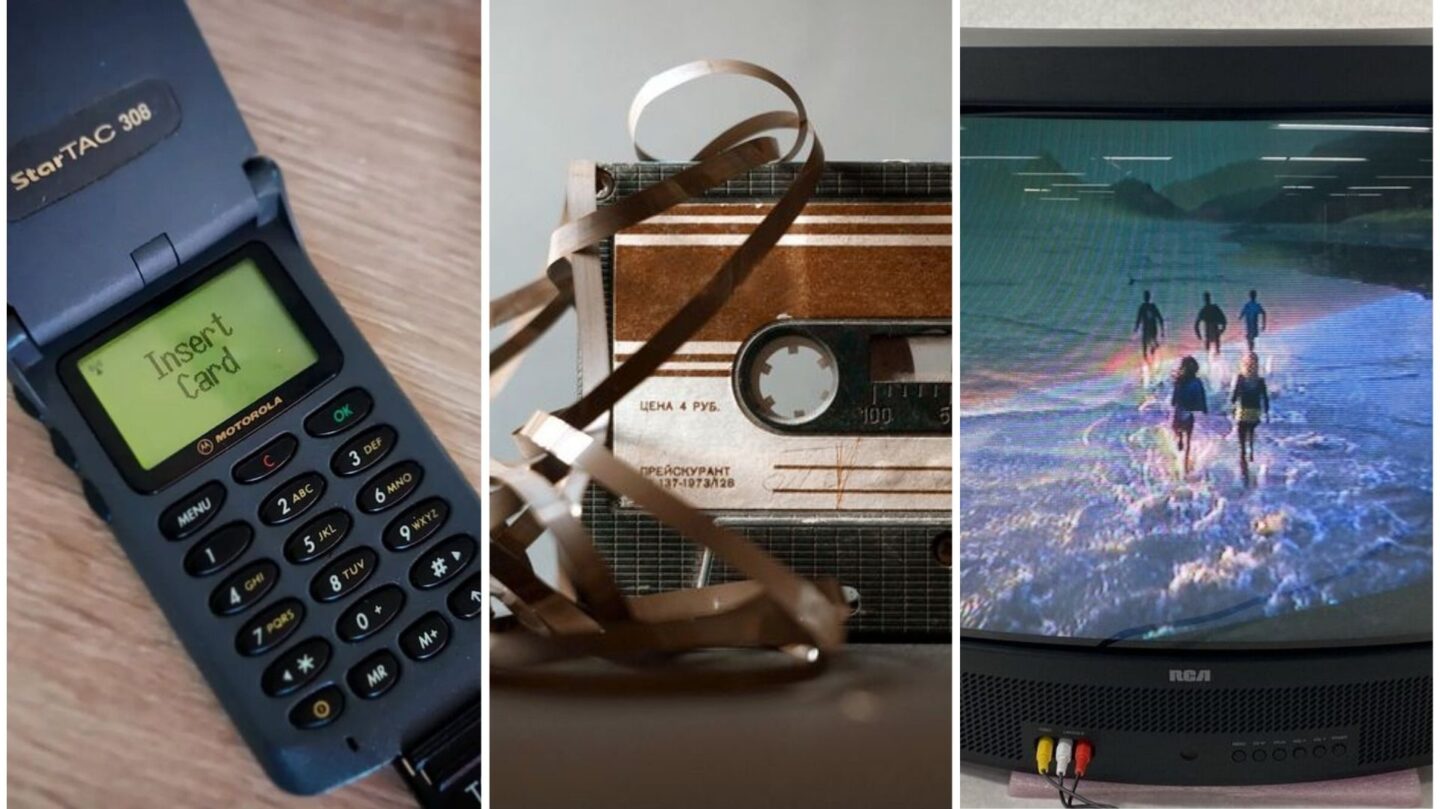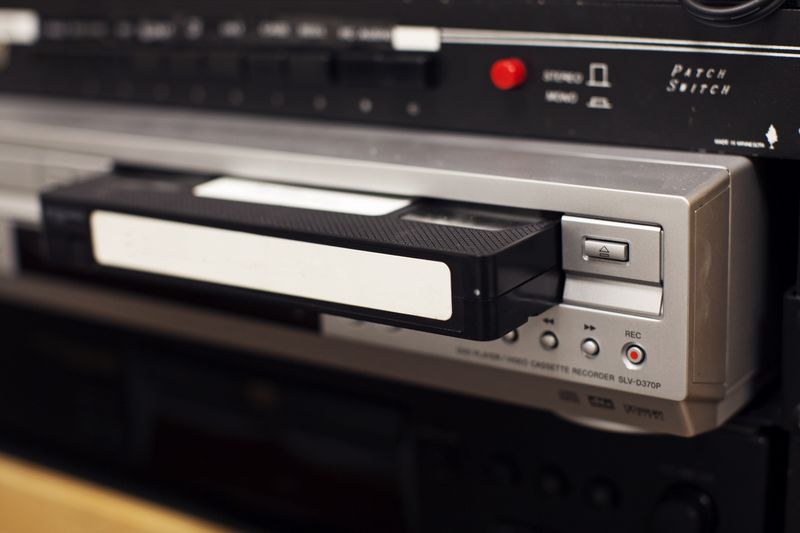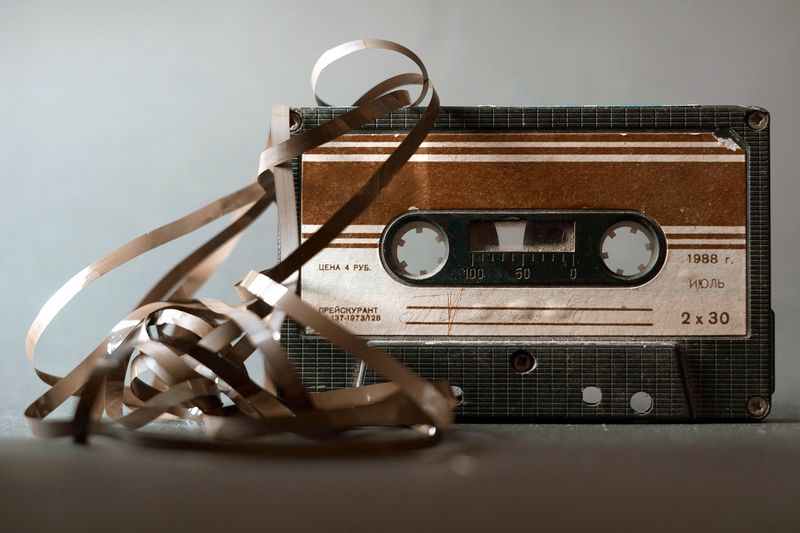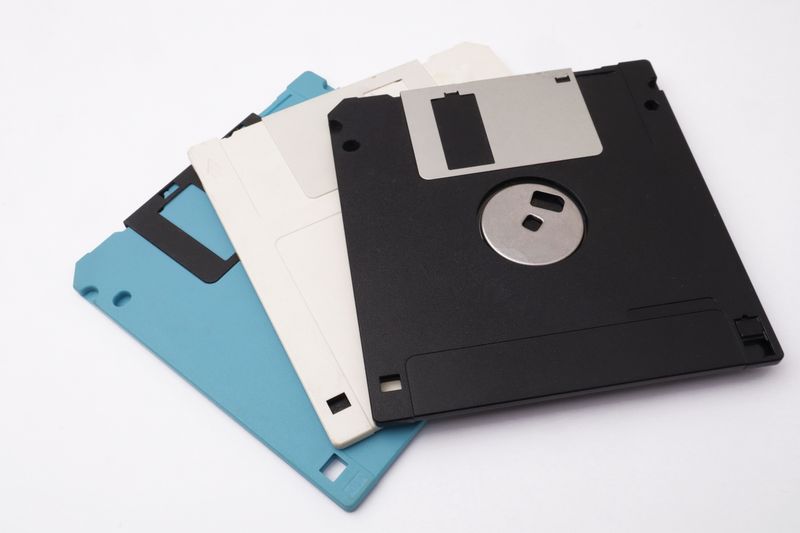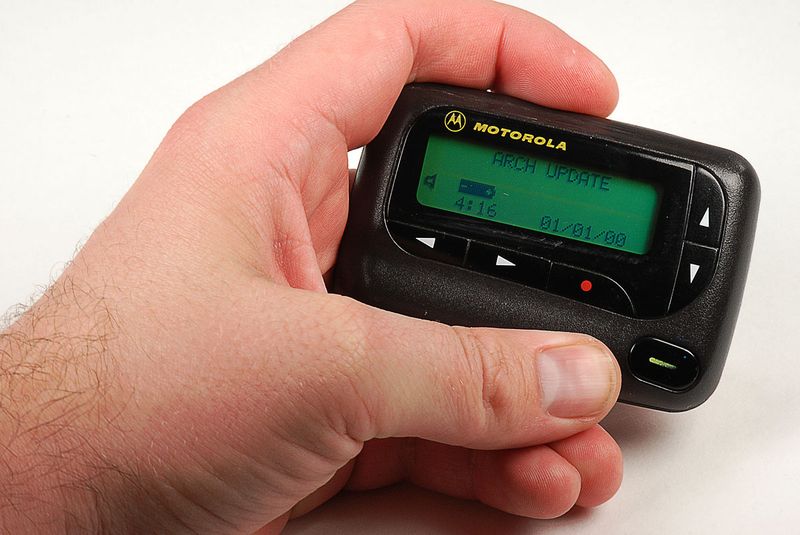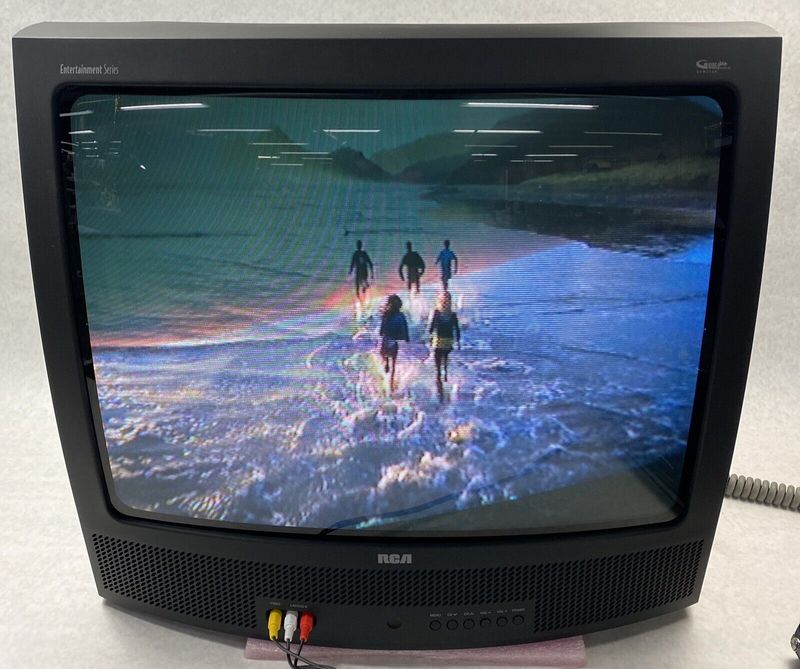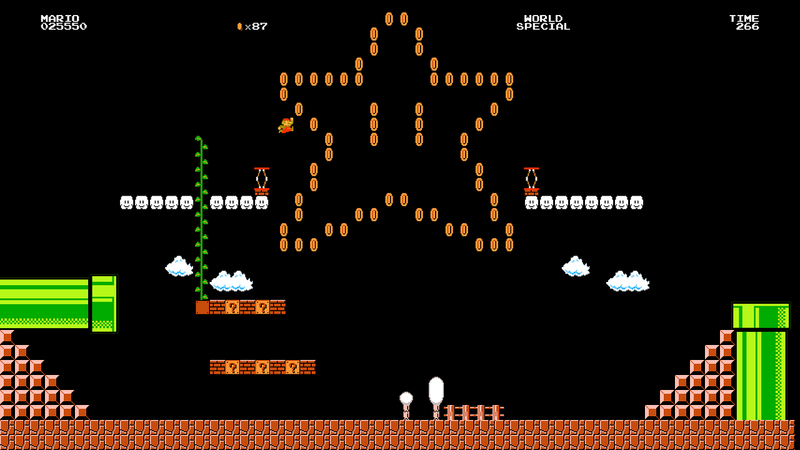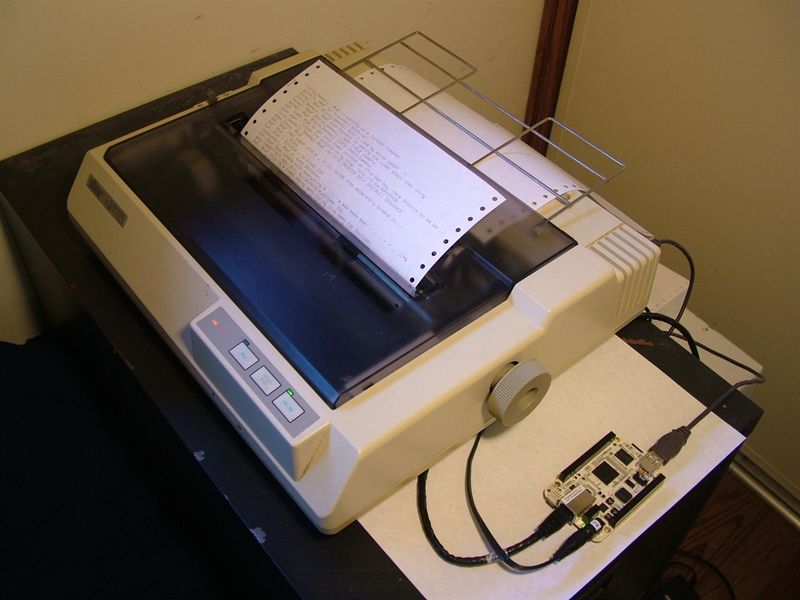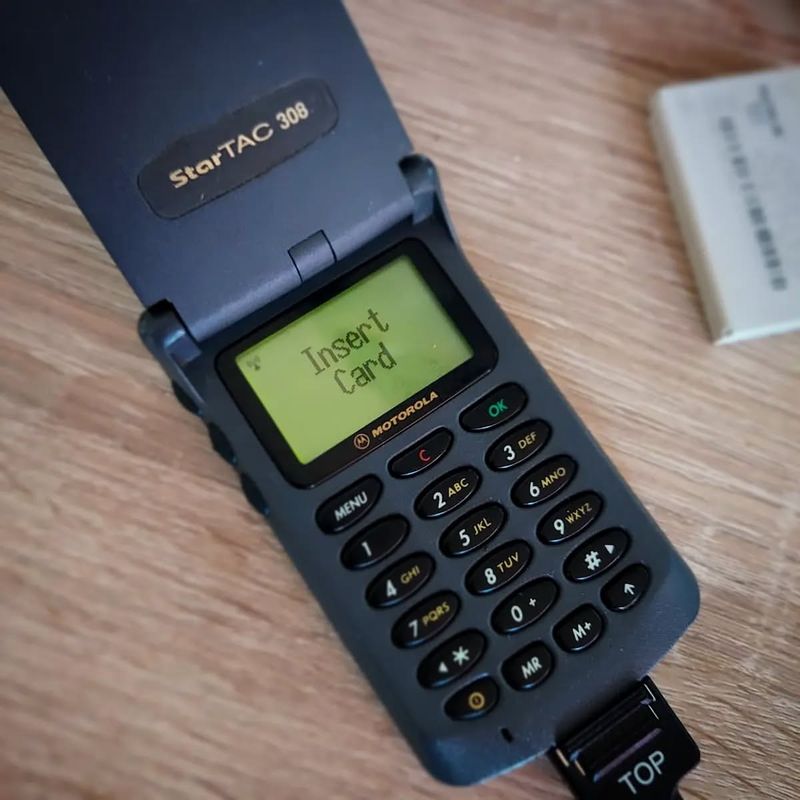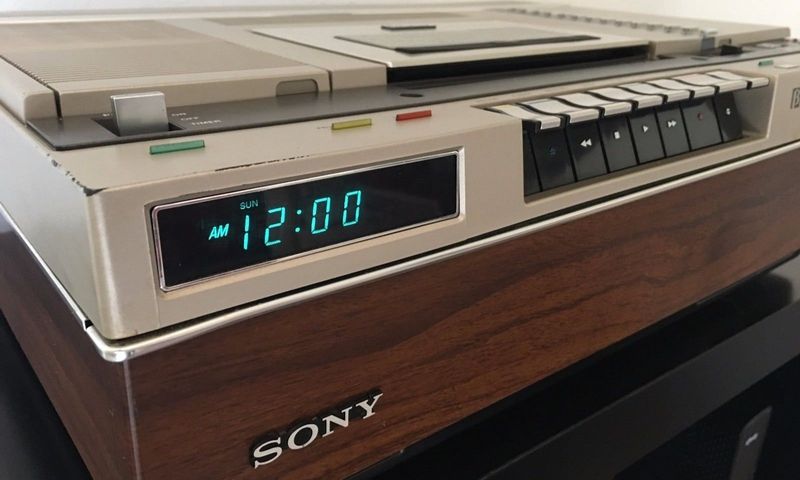The 1980s were a transformative decade in technology, laying the groundwork for many innovations we see today. However, as technology evolved, many gadgets and devices from that era have become obsolete. Let’s take a nostalgic journey back to the 80s and explore nine technologies that have since faded into obscurity.
VHS Tapes
Back in the 1980s, VHS tapes were the go-to medium for watching movies at home. These bulky plastic cassettes were a staple in every household, offering an affordable way to watch and record television.
Despite their popularity, they required constant rewinding and fast-forwarding, which could be frustrating. With the advent of DVDs and digital streaming, VHS tapes quickly became a thing of the past. Today, they serve as nostalgic relics, occasionally discovered in attics and thrift stores.
Though outdated, they remind us of a simpler time when renting a movie was an event.
Cassette Tapes
Cassette tapes defined the music scene in the 1980s, allowing people to create mix tapes and listen to their favorite songs on portable devices like the Walkman. They were convenient but had limitations, such as susceptibility to tangling.
Digital formats like CDs and MP3s eventually replaced cassettes, offering superior sound quality and more durability. While cassettes are largely obsolete, they hold a special place in the hearts of those who experienced the intimate art of making a mix tape.
Nostalgia has sparked a minor revival, though mostly for collectors and retro enthusiasts.
Floppy Disks
Floppy disks were essential for data storage in the 1980s, offering a simple way to transfer files between computers. These thin, square disks were once found in every office and school.
However, they had very limited storage capacity, making them impractical as file sizes grew. The rise of USB drives and cloud storage has rendered floppy disks obsolete.
Though now a relic, they symbolize a key era in computing history, teaching many of us our first lessons in file management and data preservation.
Pagers
Before cell phones dominated, pagers were the communication lifeline of professionals in the 1980s. These small devices could receive a caller’s number, prompting users to call back from a landline.
They were especially popular among doctors and business people who needed to be reachable at all times. As mobile phones became more affordable and widely available, pagers quickly fell out of favor.
Though obsolete, they paved the way for modern communication devices, reminding us of a time when being ‘on-call’ meant a quick dash to the nearest phone.
CRT Televisions
In the 1980s, CRT televisions were the centerpiece of every living room, offering a window to the world of entertainment. These heavy, boxy sets delivered content in a way that was revolutionary for the time.
However, their size and weight made them cumbersome compared to today’s sleek, flat-screen models. The shift to LCD and LED technology has made CRTs obsolete, but they endearingly represent the era of family TV nights.
Seeing a CRT now evokes memories of adjusting rabbit ear antennas for better reception or staying up late for Saturday cartoons.
8-Bit Video Game Consoles
The 1980s were a golden age for video gaming, with 8-bit consoles introducing timeless classics. These rudimentary systems offered simple graphics yet endless entertainment for millions of gamers.
Consoles like the Nintendo Entertainment System (NES) were at the forefront, but as technology advanced, the demand for better graphics and gameplay grew. Modern consoles have since eclipsed these pioneers.
While obsolete, 8-bit consoles are celebrated for their nostalgia, often cherished by retro gaming fans who appreciate the simplicity and charm of early digital adventures.
Dot Matrix Printers
Dot matrix printers were the printing workhorses of the 1980s, known for their distinctive noise and perforated paper edges. They were practical for tasks like printing invoices and reports.
Despite being reliable, their print quality was limited, especially compared to modern inkjet and laser printers. As technology progressed, dot matrix printers became largely obsolete.
Though seldom used today, they remind us of an era where patience was key, as each line of text emerged slowly and meticulously, accompanied by the rhythmic clatter of the print head.
Analog Mobile Phones
Analog mobile phones, often referred to as ‘brick phones,’ were revolutionary in the 1980s, marking the beginning of mobile communication. They were bulky, expensive, and primarily used for business purposes.
With the advent of digital technology, these analog devices quickly became obsolete. Modern smartphones now offer far more functionality, connectivity, and convenience.
While the ‘brick phone’ is a relic, it symbolizes a significant leap in telecommunication, paving the way for the compact, feature-rich devices we depend on today.
Betamax
Betamax, Sony’s answer to VHS, was a prominent player in the home video market during the early 1980s. Known for superior picture quality, it was initially preferred by videophiles.
However, due to shorter recording times and the dominance of VHS in the rental market, Betamax quickly lost ground. By the late 1980s, it had become largely obsolete.
Though it failed commercially, Betamax remains a fascinating case study in technology evolution, illustrating how market forces and consumer preferences shape the success of competing formats.
